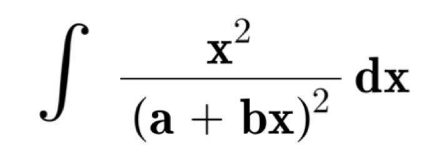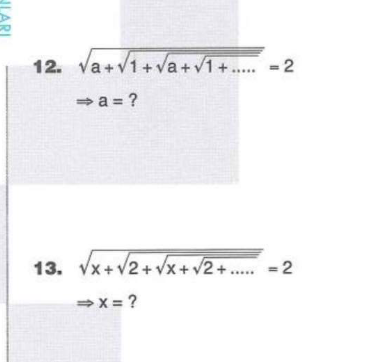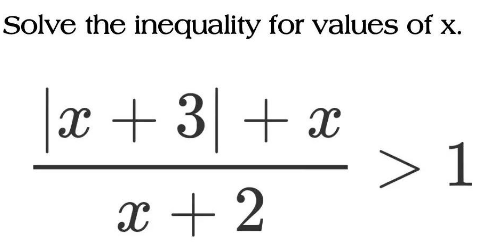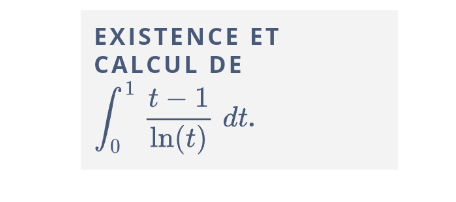
AllQuestion and Answers: Page 482
Question Number 171107 Answers: 0 Comments: 0
Question Number 171096 Answers: 1 Comments: 0
Question Number 171094 Answers: 0 Comments: 0
Question Number 171091 Answers: 0 Comments: 2

Question Number 171090 Answers: 1 Comments: 3
Question Number 171085 Answers: 1 Comments: 0
Question Number 171079 Answers: 1 Comments: 2
Question Number 171078 Answers: 1 Comments: 0
Question Number 171071 Answers: 1 Comments: 0
Question Number 171070 Answers: 1 Comments: 0
Question Number 171064 Answers: 2 Comments: 0
Question Number 171046 Answers: 2 Comments: 0

Question Number 171044 Answers: 1 Comments: 3
Question Number 171043 Answers: 1 Comments: 0
Question Number 171034 Answers: 0 Comments: 2

Question Number 171033 Answers: 2 Comments: 1
Question Number 171032 Answers: 1 Comments: 0
Question Number 171031 Answers: 1 Comments: 0

Question Number 171025 Answers: 2 Comments: 0

Question Number 171023 Answers: 0 Comments: 0

Question Number 171038 Answers: 2 Comments: 0

Question Number 171021 Answers: 0 Comments: 0

Question Number 171039 Answers: 1 Comments: 0
Question Number 176906 Answers: 1 Comments: 3

Question Number 171014 Answers: 1 Comments: 0

Question Number 182219 Answers: 1 Comments: 0

Pg 477 Pg 478 Pg 479 Pg 480 Pg 481 Pg 482 Pg 483 Pg 484 Pg 485 Pg 486
